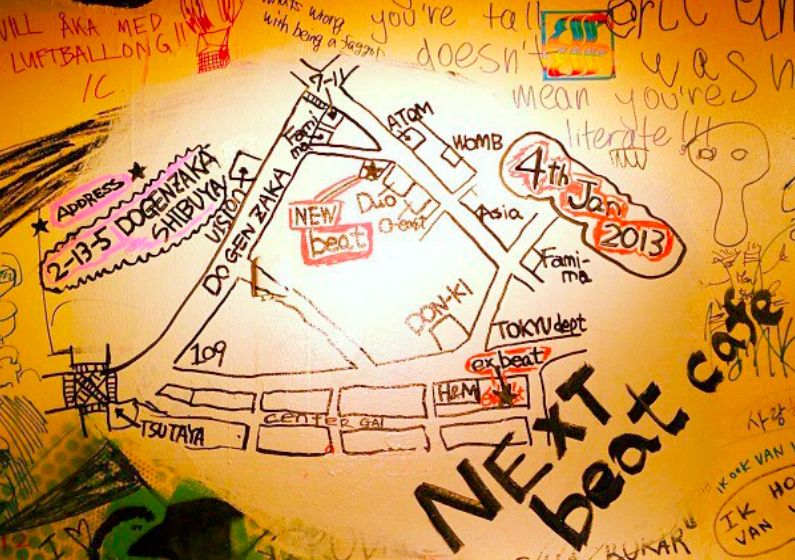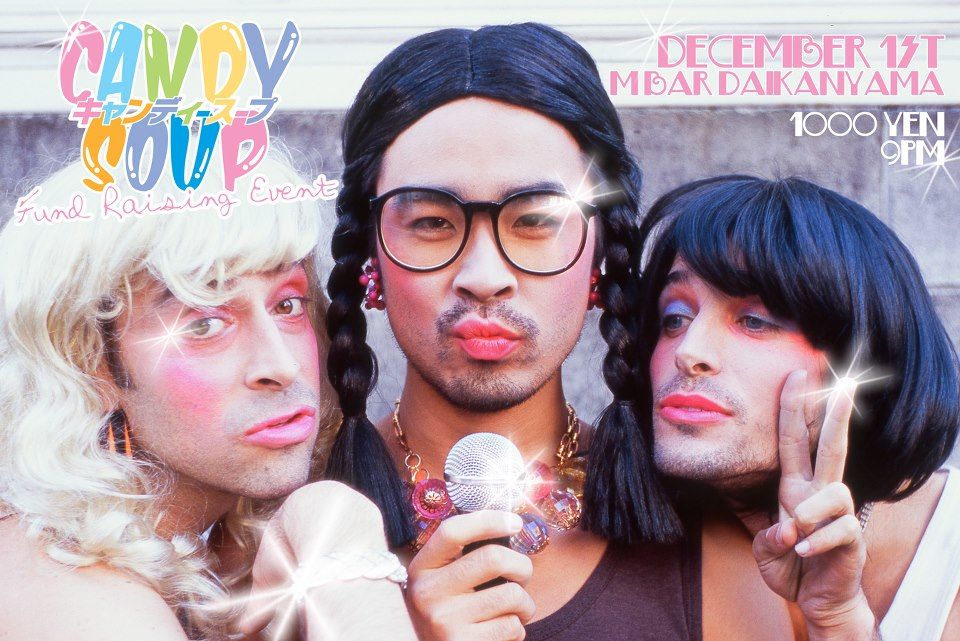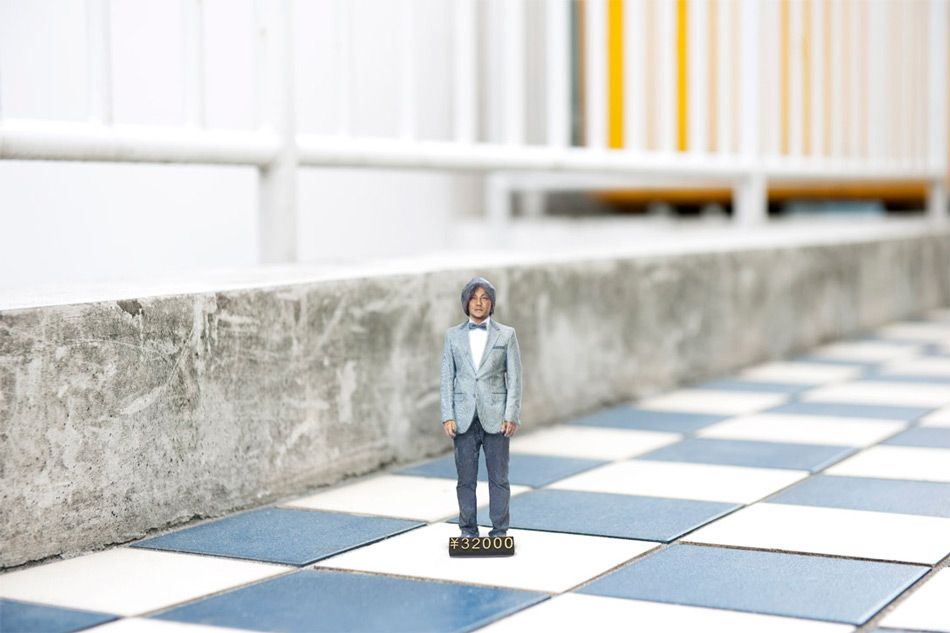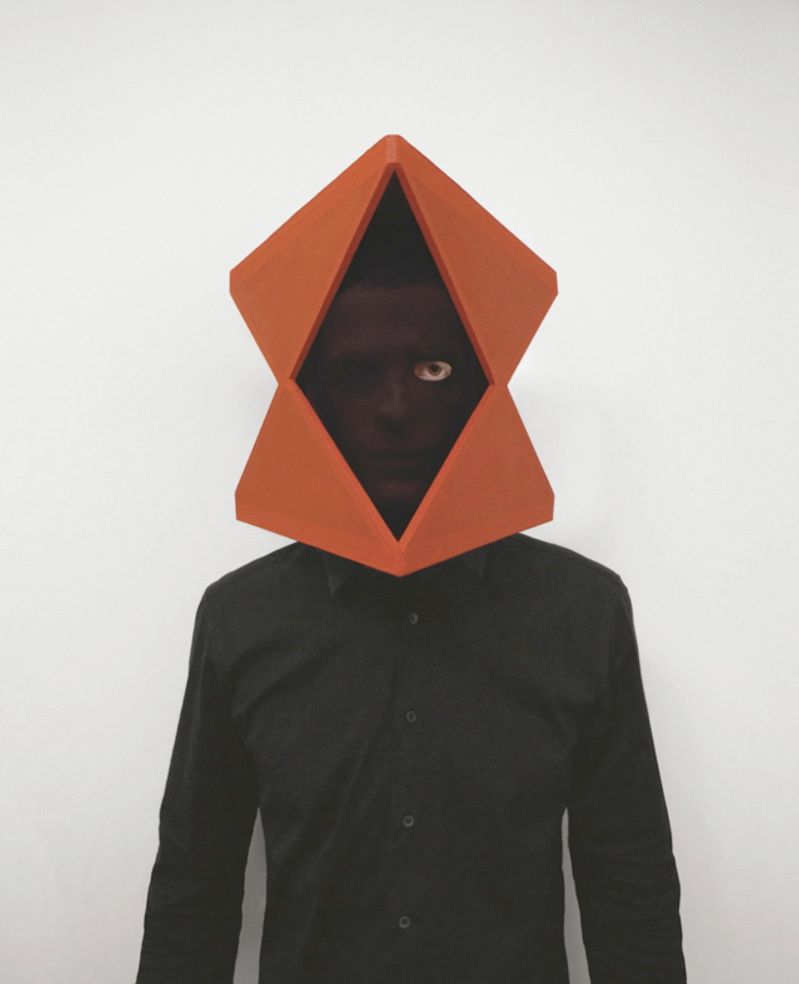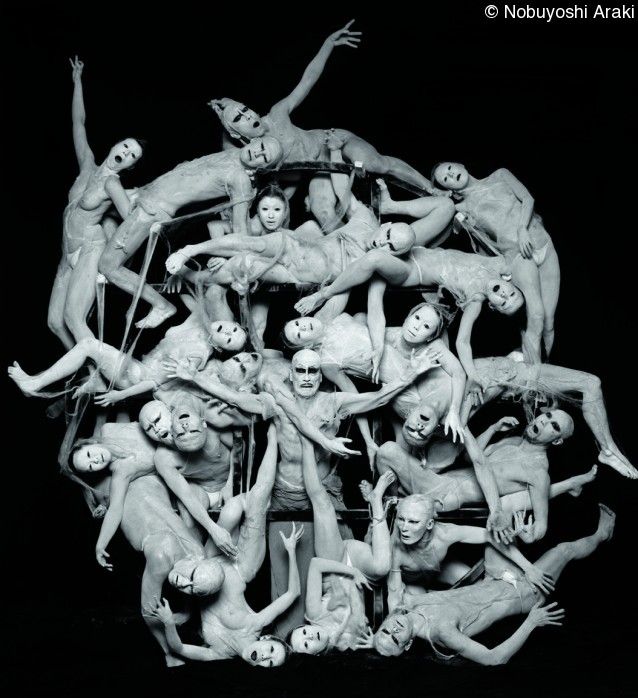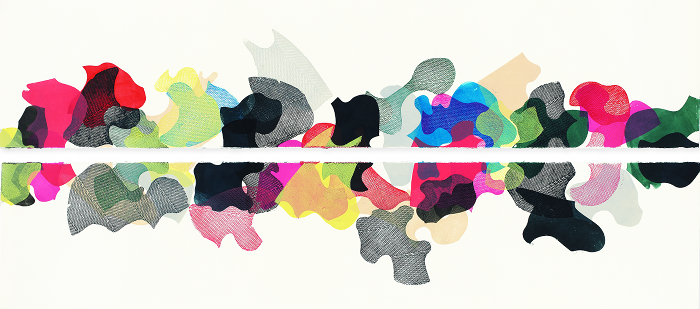Belgium in the Summertime?
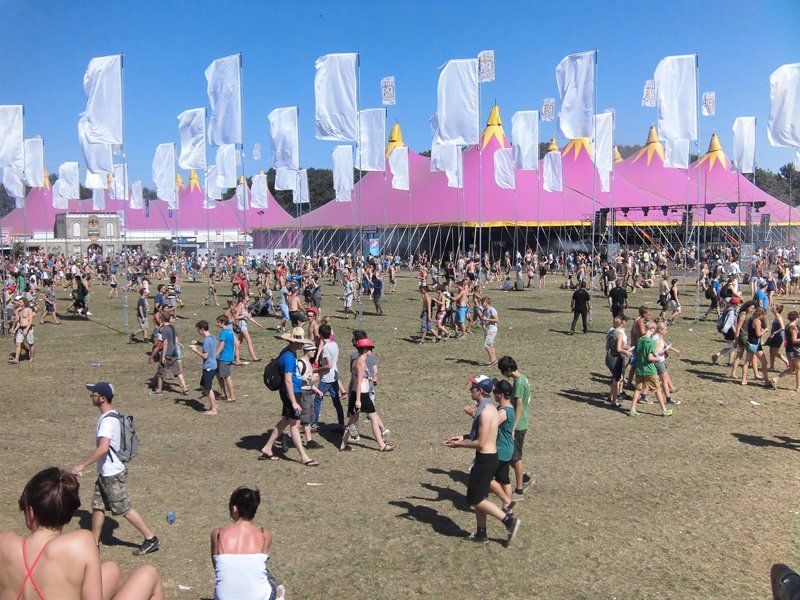
As with all avid music fans here in Japan, when summer rolls around there are two dates fixed firmly in the calendar – Fuji Rock Festival in late July and Summer Sonic festival in late August. To many the two festivals offer a chance to get away from it all, get lost in the music and forget your 9 til 5. Last summer however, we were invited by Tourism Flanders to visit their home country of Belgium for a whirlwind tour taking in music festivals, art, culture, fashion, history and fine food – all washed down with a Belgian Beer of course! Here are some of the highlights of our trip to see if we can persuade you to pack your bags and try something new this summer!
1. Music Festivals
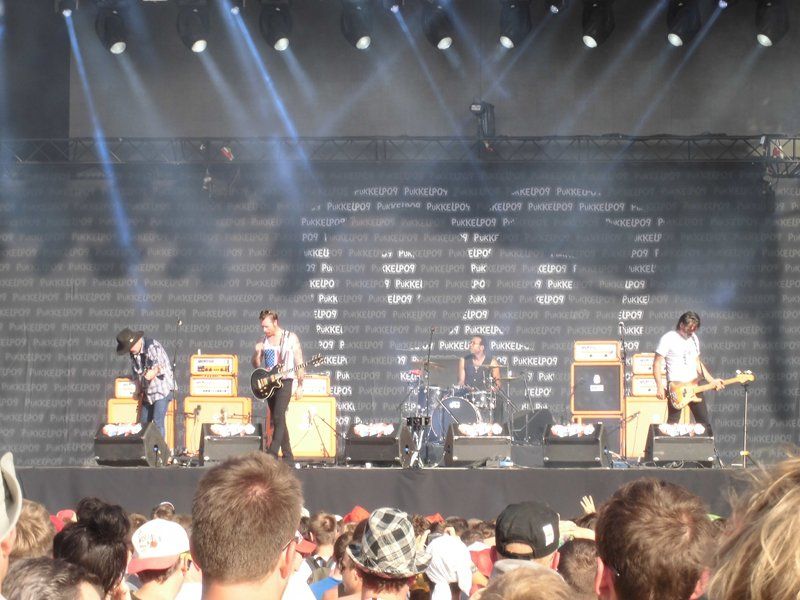
The Flanders region of Belgium bills itself as “the ultimate festival destination” and with more than 280 festivals each year it’s easy to see why! The majority of these fall in the summer and there are festivals catering to everything from pop to jazz. Often said to be one of the best dance music events in the world, Tomorrowland is a festival of particular note – with all the biggest names and a fantasy amusement park setting where you really can lose yourself. For fans of more alternative music there’s Dour Festival, a 5 day event, which features excellent indie artists; many of which never get a chance to visit Japan (see last year’s lineup here). Meanwhile for the festival goer who wants a bit of everything there’s Pukkelpop, boasting 8 stages catering to different genres.

There are also festivals celebrating Belgian culture and music – during our trip we visited Marktrock, a completely free festival, exclusively featuring Belgian artists. Whilst admittedly the music was rather forgettable the location of the festival was incredible, right in the middle of the old market town of Leuven. Being able to take in a festival atmosphere with a nice cold Belgian beer in hand whilst surrounded by gothic style buildings dating back to the 15th century was a real festival highlight!
2. Fashion
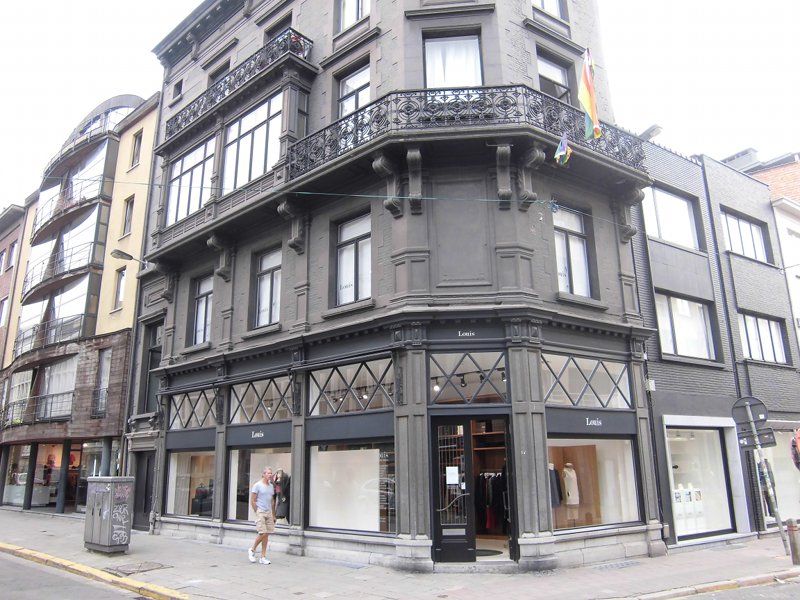
Since the 80s Belgium has been home to a buzzing fashion scene with the city of Antwerp at its epicentre. This was largely thanks to a group of influential avant garde fashion designers, known as the Antwerp Six whose stunning collections helped put Belgium on the fashion map. You can actually visit the stores of some of the Antwerp Six whilst in the city; we saw fabulous collections at Dries van Noten and Ann Demeulemeester’s personal stores. It isn’t all about the Antwerp Six however; there are fashion institutions smattered throughout Antwerp. Of particular note was the cosy and intimate Louis, which was one of the first to support the local Antwerp designers 25 years ago. They now carry a variety of fine brands such as Martin Margiela, Raf Simons, A.F. Vandevorst and many more. Another personal favourite of mine was Cafe Costume – a shirt and suit tailor with a very cultured twist.
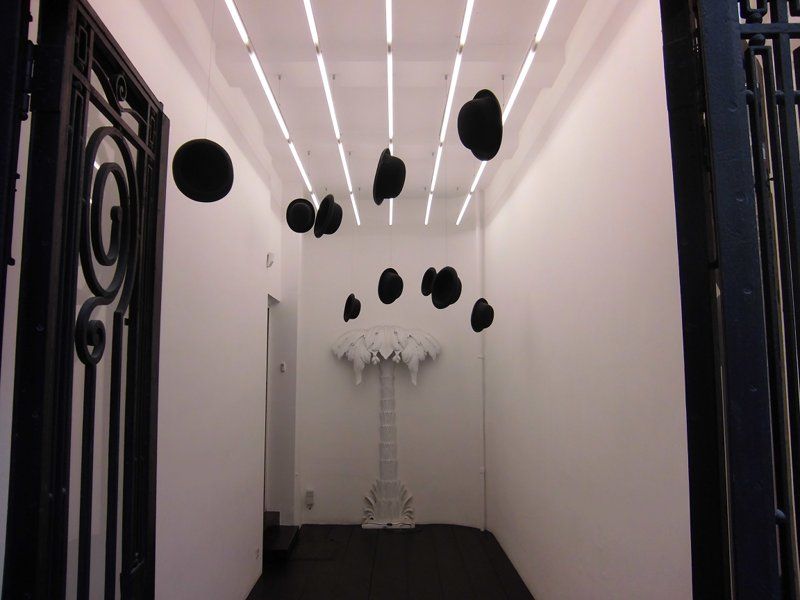
One thing I should certainly say about fashion shopping in Belgium (although maybe in a hushed voice) is how much cheaper it is to buy high fashion in Belgium compared with Tokyo – so if you are thinking about going on a shopping spree you could do worse than visit Belgium.
3. Food & Drink
Throughout our trip we were treated to fabulous food and drink. Mussels and fries, or moules frites to the locals, are an iconic Belgian dish consisting of crisp, light fries and steaming hot mussels which must be one of the world’s best comfort food pairings. Another national dish we were introduced to was steak tartare, minced raw beef served with onions, capers and the obligatory fries. Yes, we ate until we burst and we still found ourselves wanting more – don’t even get me started on the chocolates and cakes!

Of course, no description of Belgium would be complete without a reference to its beer. With nearly 200 different breweries in the country you can be spoiled for choice. This means there’s always something new to try and with each brewery having its own culture of brewing and many beer and brewery tours it’s a really fascinating place to learn a lot about the history of one of the world’s favourite tipples.
4. Art & Culture

Belgium boasts a huge number of galleries and museums with every town having something different on offer. With famous contemporary artists such as Jan Fabre, (whose permanent artworks can be seen here in Japan at Kanazawa’s 21st Century Museum of Contemporay art) contemporary art is particularly well represented in Belgium. In our short trip we visited galleries such as Bozar in Brussels, M HKA in Antwerp (which was displaying the works of Jimmy Durham), and M in Leuven The latter of which had an exhibition devoted to a personal favourite of mine, Sol Lewitt.
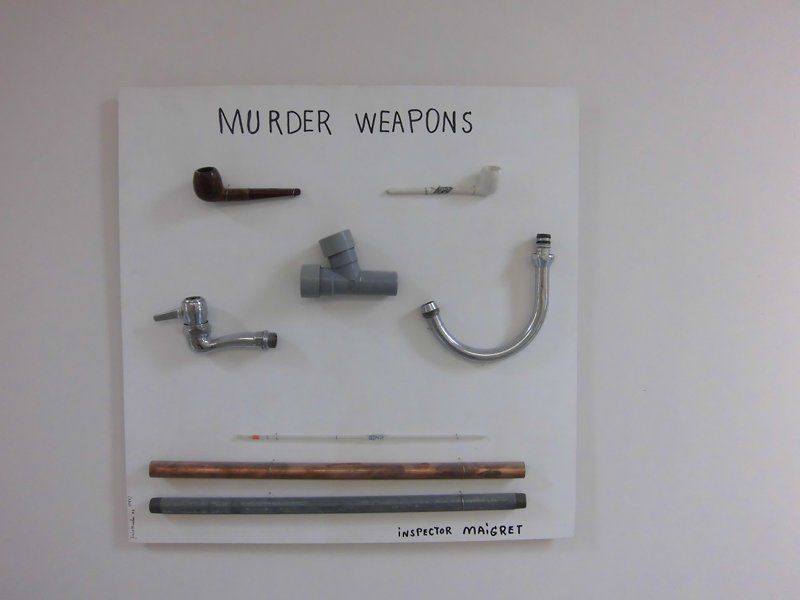
Contemporary design is also well celebrated in Belgium with Brussels playing host to Design September annually, in which the city becomes a platform for meetings between international and local designers in the form of hundreds of unique events. Even if you can’t visit in person, a visit to their website and looking at what’s on offer can really get those creative juices flowing: http://www.designseptember.be/
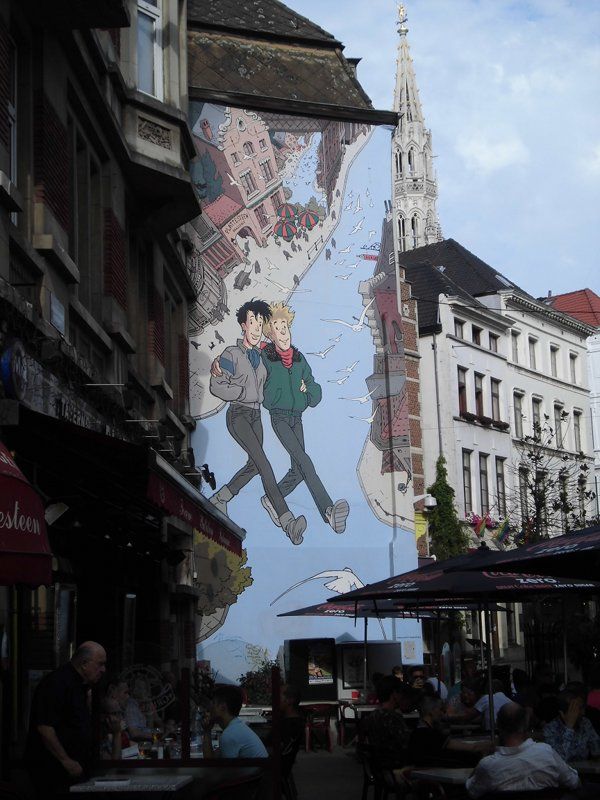
Belgium also has a strong history in comic book art, thanks in no small part to Tintin, and a visit to the Belgian Comic Strip Center in Brussels is a must for any comic book fanatic. Personally however, my favourite comic book destination was a small shop and magazine based in Brussels – La Crypte Tonique. It’s a beautiful store in which contemporary comics rub shoulders with timeless classics and originals – I highly recommend you visit!
5. Ease of access
As I fancy myself as a bit of back packer, ease of access is not really something which usually concerns me. However, I must say how easy it was to get around Belgium. The country is so small that you can get almost anywhere in just a couple of hours by train. This means you can really get around and make the most of the country – in the week we spent there we were able to see what Brussels, Leuven, Hasselt and Antwerp had to offer.
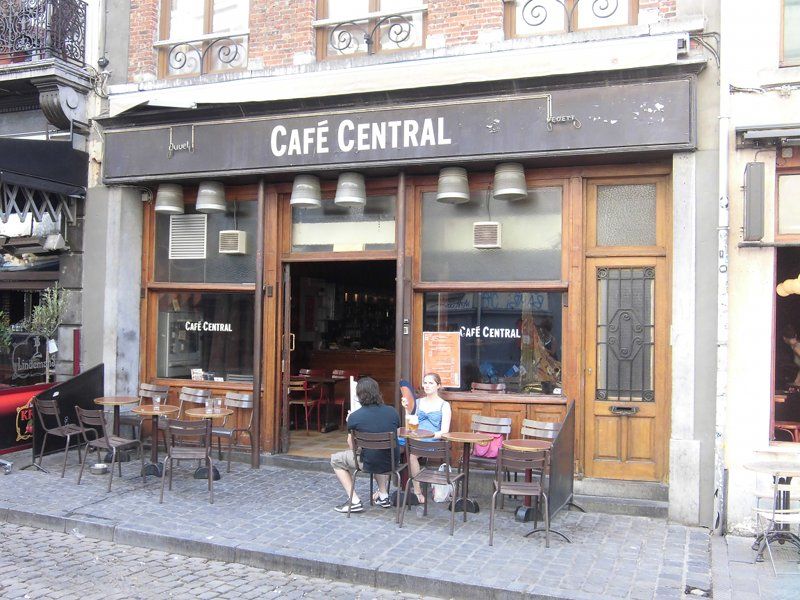
Furthermore, tourist information is available in most cities and maps and travel information were available in Japanese. I met a few Japanese tourists who told me it was easy for them to get around – many of them made use of the Tourism Flanders website which is available in Japanese. Furthermore if you have a grasp of English you certainly won’t have a problem communicating with the locals – every Belgian I met spoke excellent English and the trip was completely trouble free.
Well there you have it, that’s my round up of the wonders of Belgium – it was a great trip, why don’t you give it a try? There were a few spots I wasn’t able to mention in this article so keep an eye out for further articles about some of the cool stuff we saw in Belgium! Goede reis!
Words: Sam Mokhtary
Translation: Asuka O.
March 1, 2013
